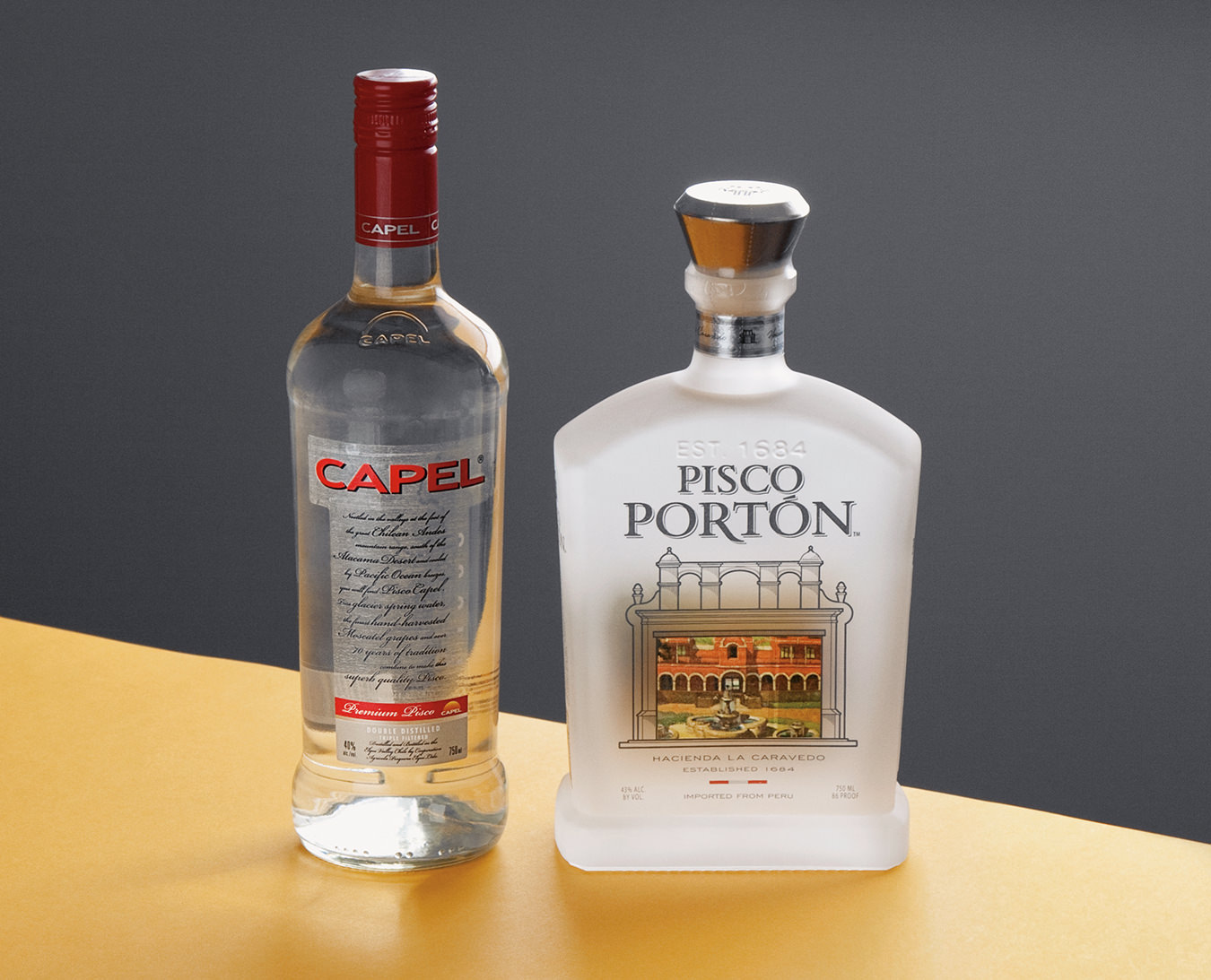Absinthe
The all-too-potent portable.

They claimed it made you crazy, so they banned it. And isn’t that always a sure route to success?
It was absinthe; they were everybody, even the stalwarts in its country of origin. In the late 1700s, a French doctor living in exile in Switzerland mixed together the likes of lemon balm, mint, fennel, hyssop and wormwood—a lot of wormwood—plus plenty of high-proof spirit. He’d intended it as an ameliorative remedy for nausea, seasickness and just about anything else.
The French used to call it the Green Muse, and happily took to it as just the sort of thing they wanted for their fin-de-siècle nights of debauch. (Toulouse-Lautrec was one of its staunch champions, but of course, he wasn’t all there to start with—literally and figuratively.) People sipped it eagerly, and—let’s be candid—got happily high on it. That was due as much to the extra-high levels of alcohol as anything else.
Wormwood, long thought to be the substance that induced the heights and the craziness, has been proven innocent of the charges. Wormwood is just a little plant, a member of the daisy family (a more kitchen-common cousin is tarragon) that contains the chemical thujone. Thujone was thought to be hallucinogenic, but recent studies have laid that controversy to rest. The best guess about the origin of the fear of craziness from absinthe seems to be nothing more than the power of suggestion combined with the 60 per cent (or more) alcohol content. Now, the controversy largely abated and the misconceptions mostly corrected, absinthe is once again commercially available.
My first taste of it came about nine years ago when I was surprised to find a hand-lettered sign in a shop in the suburbs of London that read, “Yes, we have absinthe!” Nothing for it but to go in, hand over £40 and cart it home. That was in the days when you could still carry bottles of liquid on airplanes. If only they’d known how dangerous this stuff really was. Bright green and smelling of licorice, this particular bottle stands proud with a whopping 80 per cent alcohol by volume.
The classic drink was the Absinthe Drip, which requires a special two-piece drip, or brouille, glass. A shot of absinthe went in the glass, and a sugar cube was placed over the drip hole of the upper section, which was then packed with cracked ice. Some cold water was poured in to fill the dripper, and when all the water had dripped through, the drink was ready. A variation involves using a spoon—an absinthe spoon, if you can find one. Suspend a sugar cube on the spoon over the glass of absinthe, and drip water over the sugar until it dissolves.
And if you drink absinthe straight—well, you shouldn’t. Add a little water, as you would to all those licorice-allsorts drinks—raki, ouzo, pastis. When you add water, the liquid becomes opalescent. Water goes in, the mixture gets cloudy as it dilutes, and the concentrated essential oils that carry the flavour components precipitate. Of course, if you add too much water it will become clear again, down to cooler or spritzer strength alcohol-wise, so what’s the point? It won’t make you even remotely crazy in that state.
So absinthe is back, and now there is Canadian absinthe, courtesy of master distiller Frank Deiter, who plies his art and craft in the sunny Okanagan Valley of British Columbia. This iconoclast of the pot still is based in the city of Vernon, where he presides over Okanagan Spirits, which, despite being one of the smallest distilleries in North America, produces a significant portfolio of fascinating alcohols, including grappas, eaux-de-vie and liqueurs.
And, of course, absinthe. The Okanagan Spirits version is called Absinthe Taboo, and it is made from a list of goodies: fruit-based alcohol, artesian well water, green anise, star anise, grande wormwood, petite wormwood, hyssop, lemon balm and fennel. Taboo has a distinctive aroma and taste—sweet, woody, herbal. It’s subtle and elegant, and is likely to please the cognoscenti. Its green colour is partly derived from the chlorophyll of the mulberry tree. (Traditionally, absinthe was some hue of green, so it made sense to follow tradition.)
Taboo won a silver medal the first time out, early in 2007, when it was shown at the World Spirits Awards in Klagenfurt, Austria. The tall, slender bottle has an intriguing screened-on label and a cork-bottomed stopper, and it carries a price of about $55, depending on where you find it.
As for mixing, some absinthe recipes can be found in old bar books—although new ones need to be created, and some of us are working on that. But for now, the Absinthe Martini is pleasant and mild. Simply use your personal ratio of gin to dry vermouth and stir in about a quarter teaspoon of absinthe. The Earthquake is aptly named: one ounce each of gin, bourbon and absinthe, shaken with ice. And the Moranguito could easily produce temporary amnesia: two parts each of absinthe and tequila, one part grenadine syrup. And finally, I can see the Pedra poised for flight once more: it’s fuelled with one part each of tequila, vodka, black rum, Baileys Irish Cream, absinthe and grenadine. That’s five ounces of heavy-duty liquor—so sip, relax and have a good night.




